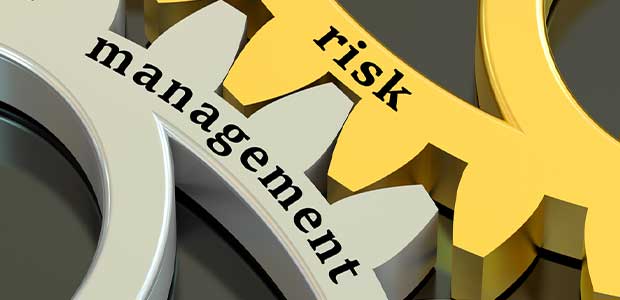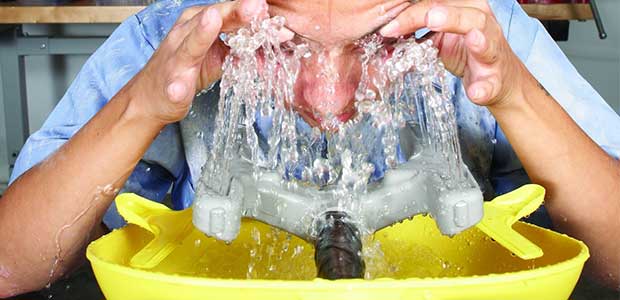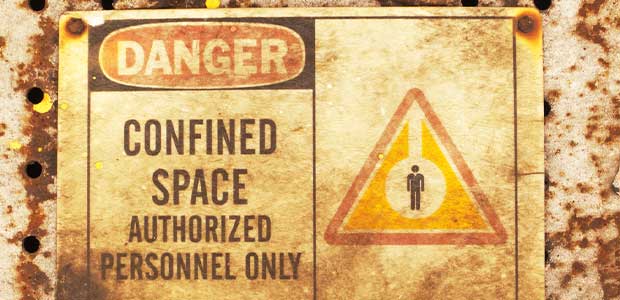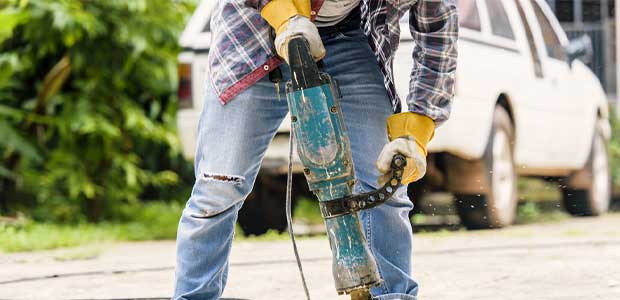
OSHA is prioritizing a Mid-Atlantic shipyard industry to prevent a healthful workplace.

Many organizations devise operating systems that encompass values and standards specific to their core beliefs about work, people and performance.

JHM Roofing LLC ignored OSHA’s citations due to repeated fall hazards over the past few years.

Preventing injury and loss of life is undeniably the number one reason to strengthen any safety program.

Management should uncover emergency safety shower procedures and equipment that are not doing the job sufficiently or correctly.

Heavy duty industrial vacuum cleaners can eliminate the need to enter confined spaces for cleaning, reducing hazards and costs in a variety of ways.

Sustained use of vibrating machinery can lead to severe cases of Hand Arm Vibration Syndrome that can be both debilitating and irreversible.

Each industry has its own unique hazards, making the search for a face covering difficult.

In rare instances, procedures like LOTO are overlooked due to blatant disregard.